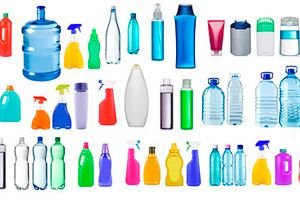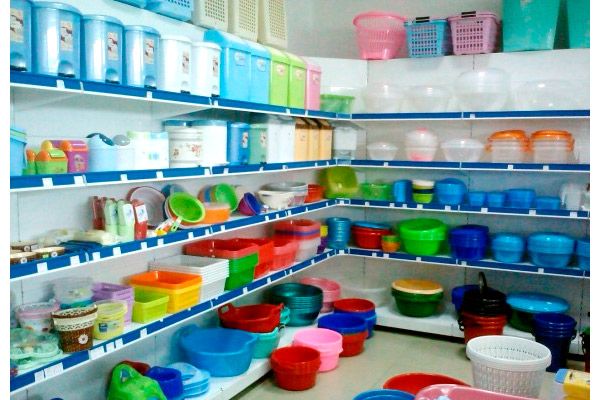
All iLive content is medically reviewed or fact checked to ensure as much factual accuracy as possible.
We have strict sourcing guidelines and only link to reputable media sites, academic research institutions and, whenever possible, medically peer reviewed studies. Note that the numbers in parentheses ([1], [2], etc.) are clickable links to these studies.
If you feel that any of our content is inaccurate, out-of-date, or otherwise questionable, please select it and press Ctrl + Enter.
Plastic containers are hazardous to your health
Last reviewed: 02.07.2025
 ">
">American and European scientists conducted a large-scale experiment related to testing plastic bottles. As is known, plastic containers are the most common today - they are used to bottle mineral carbonated and non-carbonated water, sweet drinks, juices, pack canned goods and other products. Experts believe that such bottles and trays pose a potential danger to human health, and drinks and products placed in them can be practically poison.
Medical experts involved more than one and a half thousand participants in the study on a voluntary basis. Having analyzed the preliminary health status of the subjects, specialists suggested that they drink water exclusively from plastic bottles for two weeks. Following the experiment, urine was taken from the participants for testing: the analysis showed the presence of bisphenol-A in it.
Bisphenol-A is a toxic component that was originally obtained by condensation of phenol and acetone. This component is actively used in the production of plastic containers (including children's), construction glue, and cans. When it gets into the human oral cavity, bisphenol-A interacts with saliva, dissolves in it and is freely absorbed into the circulatory system, which sooner or later leads to very unfavorable consequences: headaches, kidney disease, hormonal imbalance, etc.
To verify the results, the study participants were asked to stop drinking plastic drinks for a certain period of time. After that, urine tests were conducted again, which showed that the quality of urine improved, and the bisphenol content in it decreased to 65%.
Experts have concluded that plastic can be safe only if there is no contact with oxygen. Thus, if you pour the drink into another container (for example, glass) immediately after opening a plastic bottle, you can avoid massive exposure to bisphenol. The bottle must be thrown away after opening. Drinking water and other drinks from the bottle itself, as well as pouring drinking liquids into it again, is very dangerous.

However, there is good news: not all plastic bottles contain harmful substances. To find out whether a bottle is dangerous or not, just look at the number on the bottom of the container. Dense types of plastic numbered 2, 4 and 5 can be considered non-hazardous. Such containers can be used without restrictions. But plastic with numbers 1, 3, 6 or 7 pose a potential threat to human health.
Many manufacturers of plastic containers claim that bisphenol-A in plastic is contained in minimal quantities, so it is not capable of harming the body. This would be true if it were not for the property of this substance to accumulate in tissues. Therefore, with each drink drunk from a plastic bottle, we increase the content of a dangerous component in our body.

 [
[